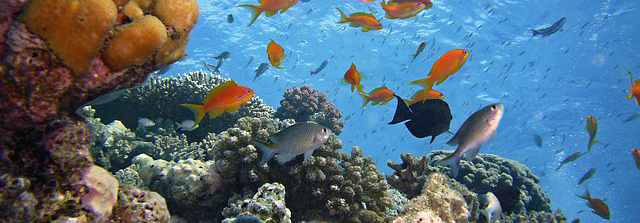500 Conidae is for everyone – you may be new to the world of seashell, already a collector, or even a scientist.
Before you take a look around, beginners should know that there are over 100,000 species of shells divided into families, one of which is the Conidae family. These families in turn divide into genus. There are some 100 genus of Conidae, the best known of which is Conus, or cone shell in current parlance. This means that the terms Conidae, Conus and cone are used interchangeably. Estimates of their numbers range between 600 and 1,000 species living in warm waters (with one endemic to the Méditerranée) at various depths, down to 1,000 metres. They range in size from 5 millimetres up to 25 centimetres. Cone shells are carnivorous animals that swallow their prey after having killed it using a poisonous dart. Some of the largest cones have even been known to be fatal to humans.
Naturalists give every plant and animal species a Latin name made up of two words, such as Homo sapiens. The first part describes the genus, while the second relates to the species itself. The four species of cone shells in this collection are named in this way. Conus is frequently abbreviated to ‘C.’, with Conus magus for example, becoming C. magus. The four species featured here have been chosen for their attractiveness and the variety of patterns and colours they display. Most of the 500 Conidae come from the Philippines, a country which has a rich biodiversity and also a large number of professional seashell fishermen.
Visitors not familiar with seashells are invited to take a tour of these pages and enjoy discovering their beauty as part of a first voyage into the vast and enchanted world of tropical shells.
Cone shells are one of the most popular shell families amongst collectors. Some of them look for all of the species. Some may focus on those found in the Indo-pacific area, the Atlantic, or even in one specific country or island. Private collections with too wide a scope can become invasive, difficult to manage, keep up to date and display. They can also become similar and lack originality. Everyone owns more or less the same Conus darkini, cervus or jeanmartini shells, to mention just three precious species. Focusing on a small number of species can avoid this problem, and allows, for instance, to better showcase those that make up the 500 Conidae collection – it has been designed with this in mind.
Restricting it to Conus generalis, magus, striatus and thalassiarchus is an arbitrary decision. Of course one could have preferred to focus on Conus textile, pennaceus, ammiralis, capitaneus or furvus. This decision is based on personal preference, and on the fact that Conus generalis, magus, striatus and thalassiarchus all have lasting colours, unlike others which turn almost white with age, and sometimes very quickly when exposed to the air, light or to chemicals such as tannins. It is so sad to see beautiful shells bleached out.
Conus generalis, magus, striatus and thalassiarchus do however pose a problem as there is no real consensus on their names. Many names have been suggested by taxonomists trying to separate out species, sub-species, forms and varieties. In order to avoid getting caught into these issues and keep it simple, each photo of the specimens presented here is labelled only with the species basic name, size and geographical location.
500 Conidae gives collectors an opportunity to look in depth at four species considered secondary ones, with specimen selected only for their beauty and diversity.
Classifying these conus shells continues to pose problems for scientists.
The Manual of Living Conidae, published 20 years ago, lists the names suggested by most authors in an attempt to identify them correctly – eight for C. generalis, twenty for C. magus, five for C. striatus and seven for C. thalassiarchus. More have been added since then.
C. magus remains a particularly challenging topic for taxonomists, due to the existence of numerous atypical or intermediate specimens. Its many different forms raise questions about the limits of intra-specific variability. Making it possible to classify properly all Conus shells belonging to C. magus complex would involve a large research team and significant funding. Hundreds of live specimens would need to be caught over a wide area while some of these are very rare. It is unlikely that this kind of project will ever take place. The 207 C. magus seashells found on this site perhaps illustrate this challenge.
To a lesser extent, C. generalis, striatus and thalassiarchus have posed similar problems. There are 120, 106 and 74 respectively on this site, illustrating their variety. C. thalassiarchus is only found in a small part of the Philippines archipelago, while C. generalis and C. striatus range covers the Indian Ocean and Western Pacific. Some C. generalis can even change their appearance in the middle of their last whorl with colours and pattern changing radically along a growth line. The characteristics displayed on both sides might even be enough to identify them as two separate varieties ! It is not surprising then that the World Registry of Marine Species (WoRMS) states that almost all of the names used to sub-divide these four species are not valid.
This collection, like many others, cannot offer guarantees with regard to the data attached to each specimen, meaning its scientific interest is limited. The names C. generalis, C. magus, C striatus and C. thalassiarchus are the only names used here, in order to steer clear of any debates on classification. Studying the general shape and visible characteristics of each specimen might however be a useful contribution to the work of scientists.

